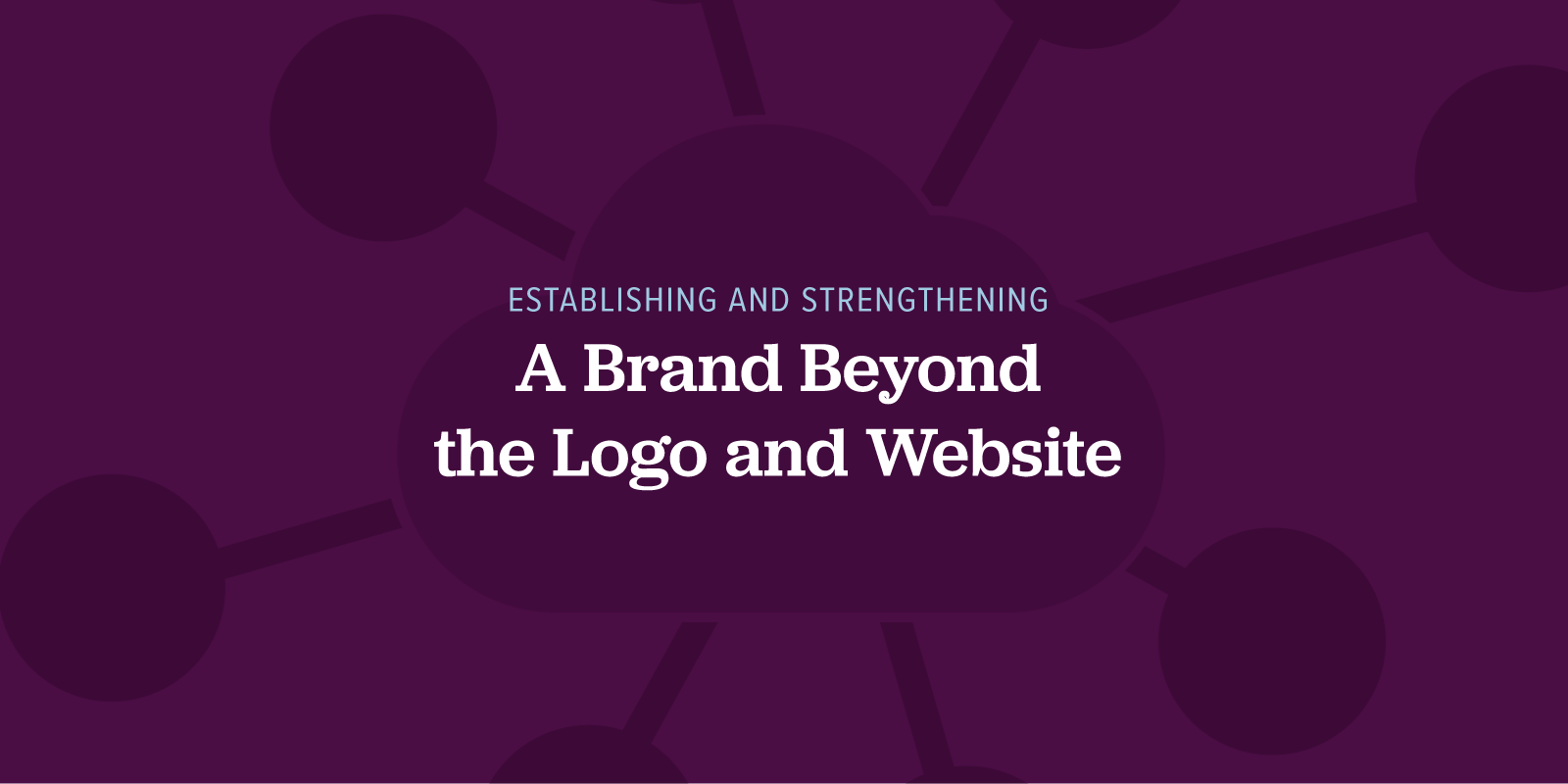A brand is typically understood as a logo, colors, and fonts. But, a brand is much more and encompasses psychological, philosophical, and emotional aspects that go beyond an identity and a website. Michael discusses how developing a brand is a long-term effort as oppose to a simple short-term solution.

Short-termism is believed by many to be a huge problem, and the adoption of the design-thinking process by many businesses may have played an unfortunate part in the epidemic. Although it was never meant to replace business models, many people were attracted to the immediate solutions, and profits, that design-thinking produced—overlooking how to manage in the long term and neglecting the social and environmental issues that followed.
Even though short-termism is often seen as a business and finance topic, it has clearly impacted society as a whole. As a designer, I’ve notice how it has affected how some clients approach design projects—seeing a website or a logo as a simple solution to being viewed as modern and relevant. But these are only facets of an overall brand, and if there are other aspects that are lacking, then the success of a new website or logo will only be temporary.
A brand is “the set of expectations, memories, stories and relationships that, taken together, account for a consumer’s decision to choose one product or service over another” — Seth Godin
When asked to describe their brand, client’s often focus on their logo, colors, and sometimes selected fonts, but those elements only represent an identity and a brand encompass much more. As Seth Godin defines it, a brand is “the set of expectations, memories, stories and relationships that, taken together, account for a consumer’s decision to choose one product or service over another.”
When strategically developing a brand, it is essential to tap into the emotional, psychological, and philosophical aspects that help people connect to it. For instance, one way to understand how people make the decision to choose between two similar products but different brands is the psychology behind Attachment Theory.
As human beings, we’re naturally emotional and those emotions are sometimes projected onto items and objects. There are many examples that we all know that support Attachment Theory—whether if that is a child and their favorite blanket, or keeping an item that once belonged to a deceased loved one. It may seem odd, but emotional attachments can also be applied to products and services of brands.
Think about customer service and how important it can dramatically affect a person’s choice to continue going to one business or find another. In many situations, it’s not about the product itself, but an interaction. According to the results of a 2010 JD Power retail banking satisfaction study, 37% of the respondents changed their primary bank because of the customer service of the previous bank. These interactions, and the emotions that are tied to it, are not specific to certain industries. Understanding how people feel (positive and negative) about your business and organization can change how it succeeds in the long-term.
Remember April 2017, when a video that went viral showed a United Airlines passenger being violently dragged off his seat and up the aisle with a bloody-nose. That video was jarring, and affected a lot people on an emotional level—especially Asians and Asian-Americans who saw their fathers, grandfathers, and uncles as they watched the video. Combined with the insensitive response by the CEO, the outrage and anger was then attached to United Airlines’ brand—which subsequently affected stocks.
Establishing a brand is a never-ending effort, and it is important to understand that it is not something that can be figured out with a short-termism mindset (it took decades for Coca-Cola to be a nationally, and now internationally, known brand). A logo, the colors, the fonts, and the website are all just parts of a long-term goal. So, when planning to strengthen your company’s brand, be sure to discuss everything that defines it.